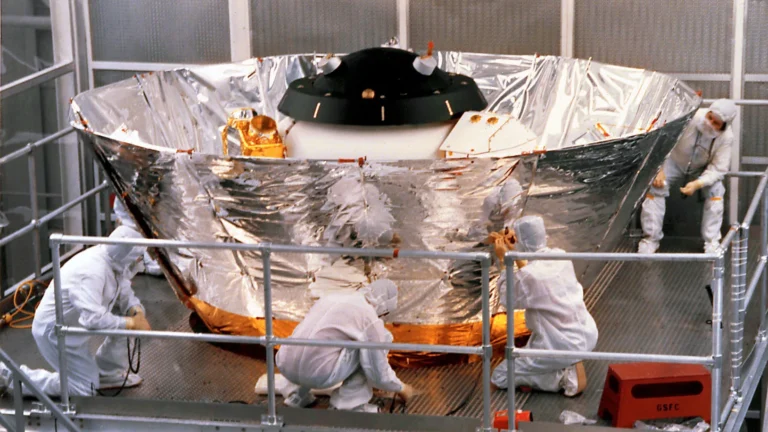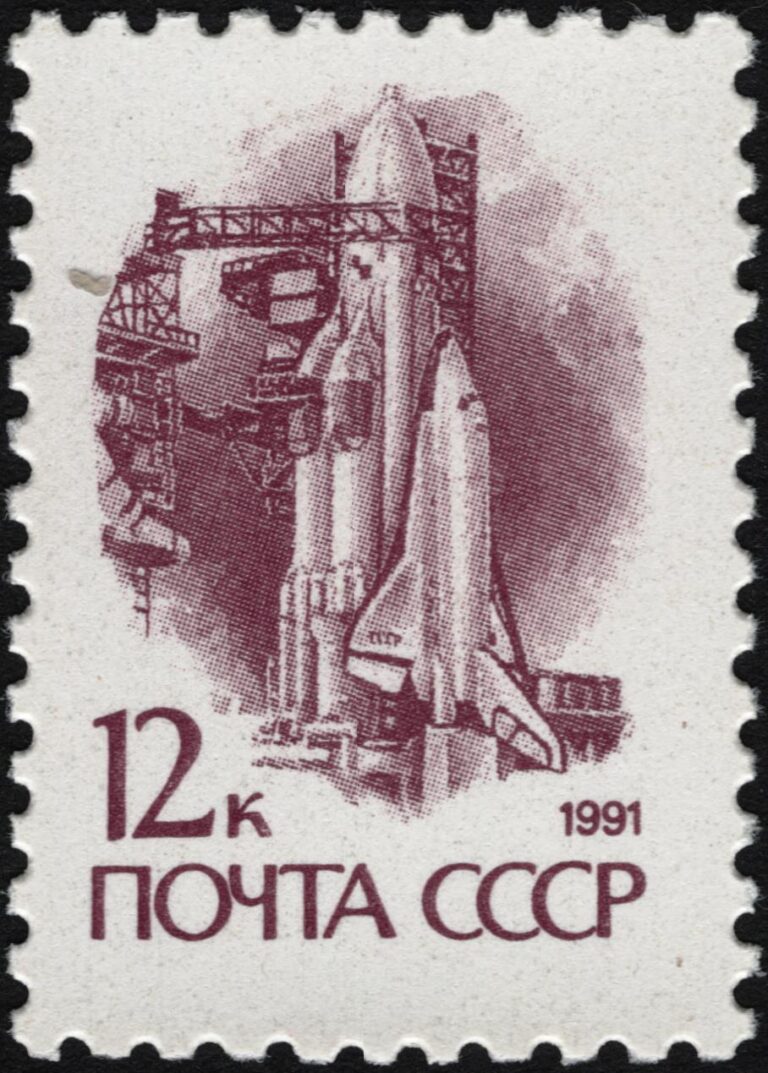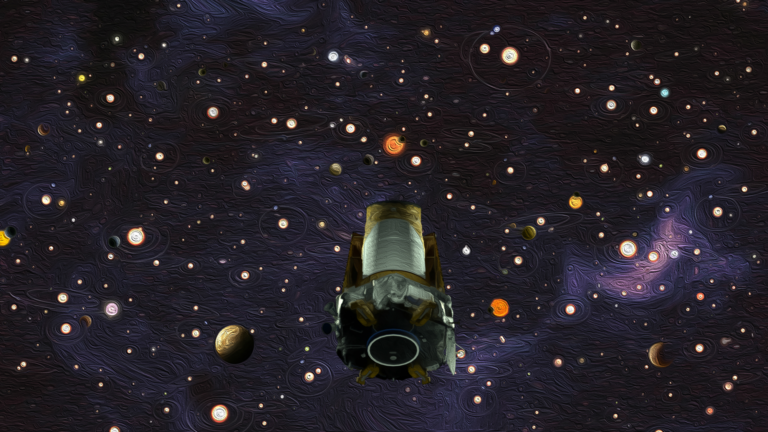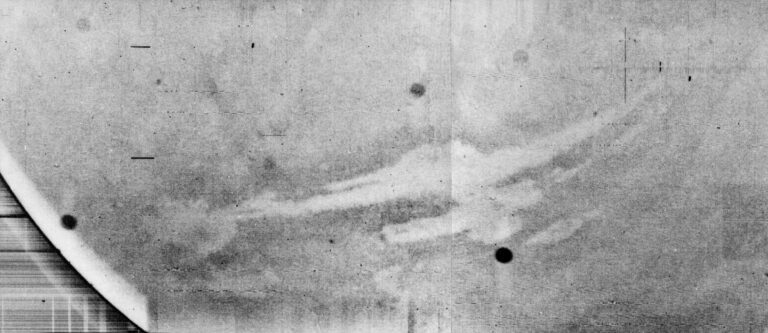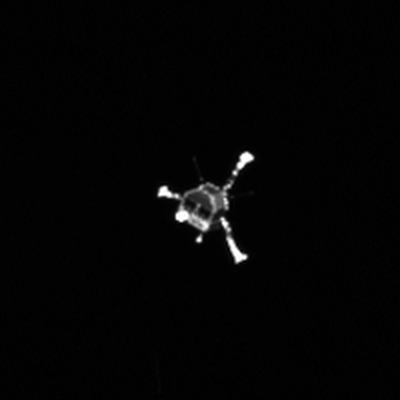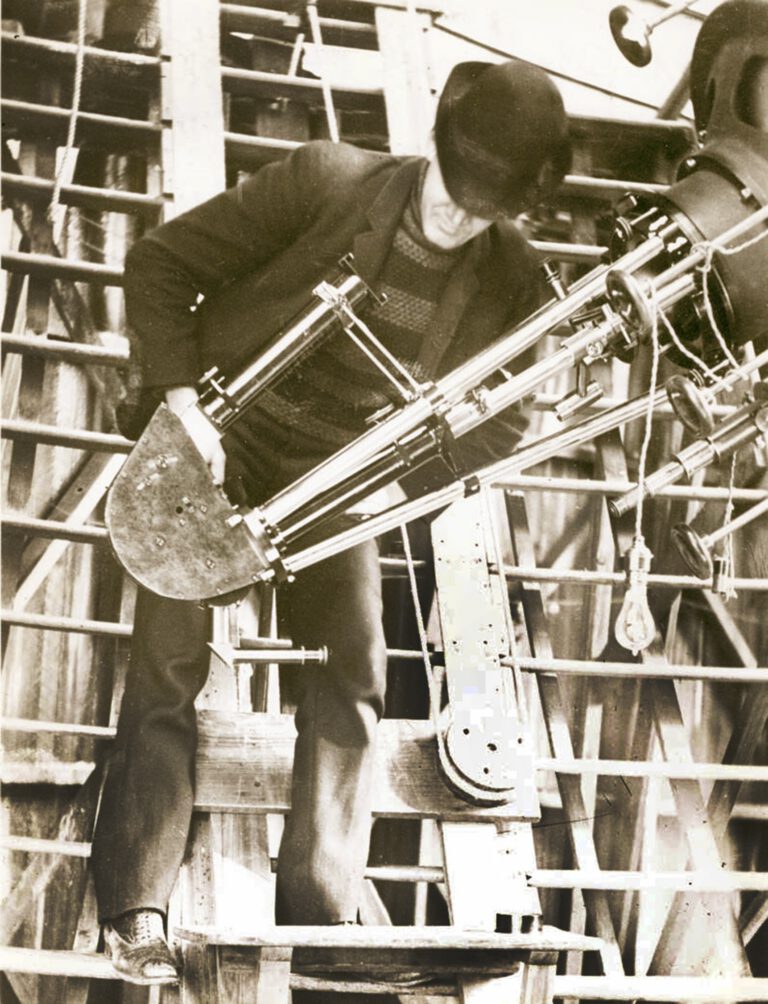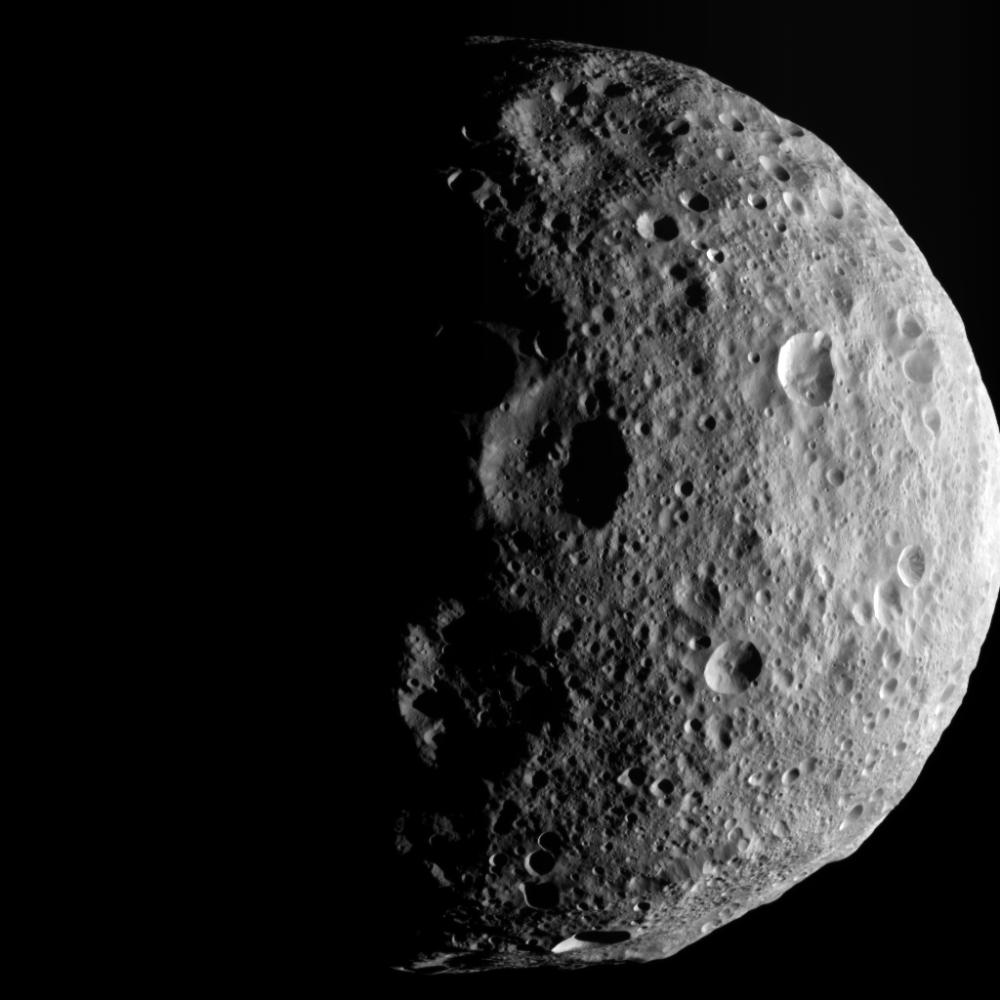
Key Takeaways:
- Karl Ludwig Harding discovered the asteroid Juno on September 1, 1804, using a 5-centimeter refracting telescope.
- Harding's discovery was part of a larger effort by the "Celestial Police" to locate a planet predicted by the Titius-Bode law between Mars and Jupiter.
- Initially classified as a planet, Juno, along with Ceres and Pallas, was later reclassified as an asteroid in the 1850s following the introduction of the term by William Herschel.
- The existence of the asteroid belt, including Juno, initially led to the hypothesis, later disproven, that it resulted from the destruction of a larger planet; current theories suggest it represents material that failed to accrete into a planet due to Jupiter's gravitational influence.
On Sept. 1, 1804, German astronomer Karl Ludwig Harding peered through a 5-centimeter refracting telescope at a private observatory near Bremen, and discovered a celestial body he named Juno. Harding was part of the so-called Celestial Police. This group of astronomers had dedicated themselves to the search for the “missing planet” that the Titius-Bode law – a mathematical formula for predicting the distances from the Sun that each planet should be – indicated should be between Mars and Jupiter. Juno, now known to be approximately 145 miles (233 kilometers) in diameter, was the third asteroid ever discovered, following on even-larger Ceres (1801) and Pallas (1802). At the time of their discovery, all three were actually classified as planets; they were later reclassified in the 1850s, after William Herschel introduced the term asteroids to describe these too-small-to-be-planets bodies. Their existence, along with all the other asteroids between Mars and Jupiter, led another Celestial Police member, Heinrich Olbers, to suggest that the asteroid belt was formed when a larger planet – that “missing planet” – was destroyed. By the mid-20th century, that theory had been disproved. It’s now thought instead that the asteroids are pieces of what could have been a planet but never formed, due to disruption from Jupiter’s gravity.

